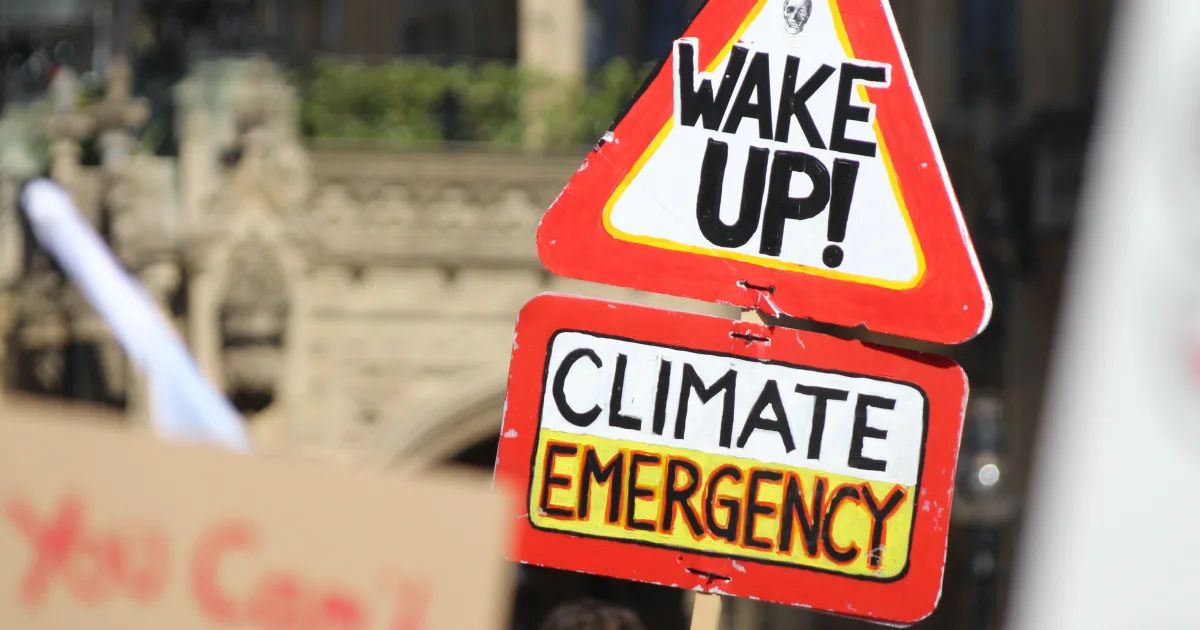
The world is undeniably shifting, yet for many, the true scale of the climate crisis remains an abstract concept. It’s a looming threat, often discussed in scientific reports, but frequently failing to resonate with the visceral urgency it demands. In an age of information overload, the human mind often struggles to fully grasp problems that unfold on geological timescales or seem distant from everyday experience.
This is precisely where the power of unflinching, visually driven journalism proves essential. It cuts through the noise to expose the raw, uncomfortable truths of a warming planet. It’s not enough to simply state the facts; we need to *see* the future, *feel* the devastation, and *understand* the human toll with an intensity that compels action. A new wave of photographers and documentarians is stepping up, transforming complex climate data into arresting, sometimes haunting, images.
These are not just photographs; they are stark visual testimonies, investigative deep dives into less-reported angles of the crisis, often bringing the consequences right to our doorsteps. From projected futures in island nations to the slow violence unfolding in melting glaciers and ravaged forests, these images serve as a vital manual for understanding our present. We embark on a journey through some of the most compelling visual narratives, each a powerful lens on climate change’s devastating, undeniable impact.
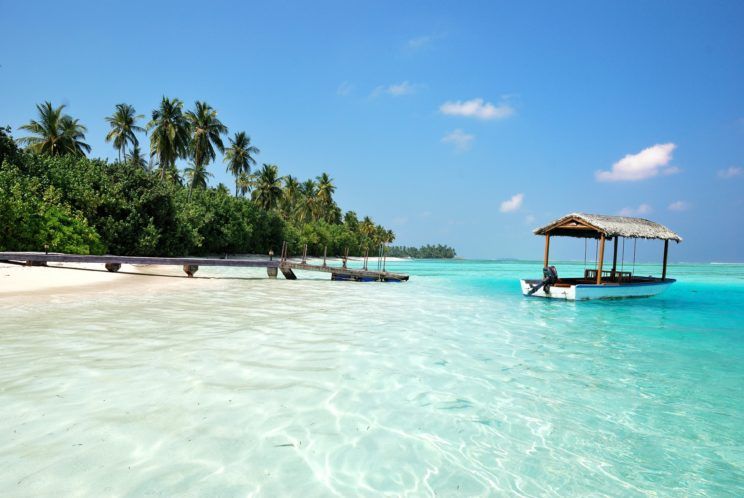
1. **Projecting the Drowned Future: Edoardo Delille and Giulia Piermartiri’s “Atlas of the New World” in the Maldives**
Imagine a Maldivian couple cruising on a motorbike, a sea turtle casually swimming beside them. Or a family gathered in their living room, a scuba diver eerily floating above them. These are the haunting images crafted by Edoardo Delille and Giulia Piermartiri for their “Atlas of the New World.” They meticulously projected underwater tourist snaps onto the everyday lives of Maldivians, making a projected future startlingly tangible in the present. This technique was chosen because, as Delille explained, “to show the present was not enough.”
Scientists predict that by 2050, 80% of the Maldives, the world’s lowest-lying country, could become uninhabitable if sea levels continue their ascent. Delille and Piermartiri’s genius lies in marrying precise scientific data with these “oneiric visuals,” creating a chilling preview of a drowned world. They applied this analog process across six highly climate-vulnerable areas, including California, Mont Blanc, Mozambique, China, and Russia, to illustrate diverse but equally dire narratives.
Their images directly confront viewers with the “gravity of the problem” head-on, forcing an immediate, visceral understanding of what global warming will morph into for these landscapes. These are not distant predictions; they are visual premonitions, starkly reminding us that the future is closer, and more personal, than we might dare to imagine. This powerful work also highlighted the severe ethical paradox of tourists’ imported luxuries contributing to the local Maldivians’ existential threat.
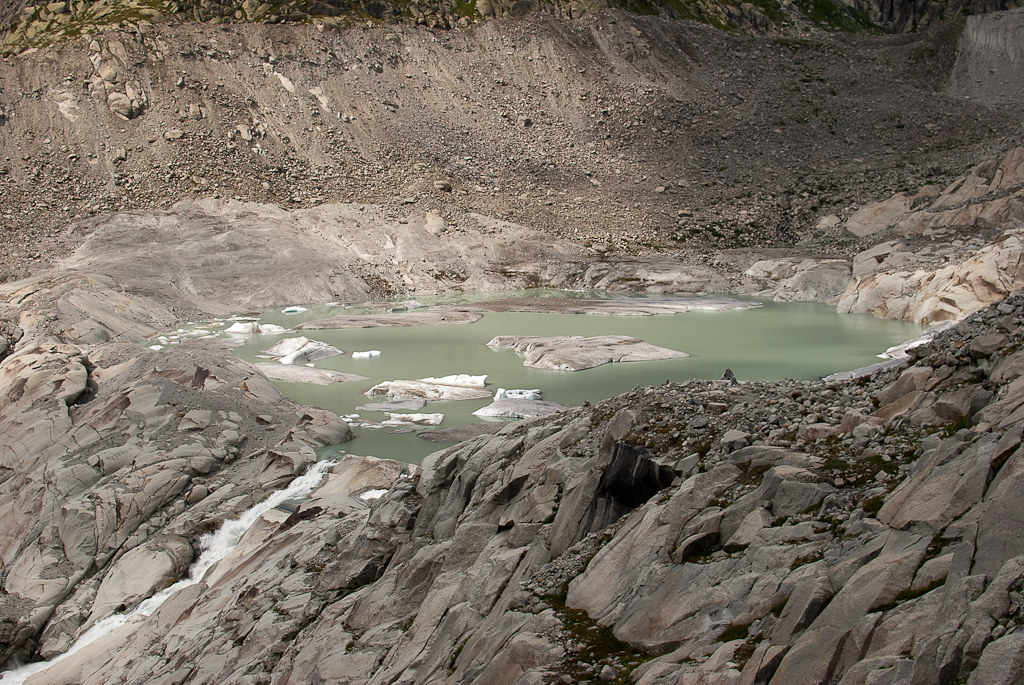
2. **The Fraying Shroud of a Dying Giant: Liam Man’s “The Carcass of the Ice Beast”**
High in the Southern Swiss Alps, the Rhone Glacier, once Switzerland’s largest, now tells a sorrowful tale of retreat. Photographer Liam Man captured this in “The Carcass of the Ice Beast,” a standout in the Earth Photo Awards 2025. His image portrays vast white thermal blankets, deployed in 2009 to shield the glacier from intense solar radiation, now “shredding and tearing as if ripped by the scissors of a murderous criminal.”
Man’s powerful description, “Today these coverings hang in tatters, like the torn skin of a dying beast,” underscores the futility of human intervention against relentless global warming. The blankets, once a symbol of protection, have become a stark visual metaphor for the glacier’s demise. Bathed in dim moonlight, they convey a desolate beauty, a quiet surrender. The image won the Royal Geographical Society – Climate of Change Award, capturing climate change’s brutal efficiency.
This photograph is more than a mere depiction of melting ice; it’s a poignant testament to the “rapid increases in temperature” powering irreversible changes across our planet. It confronts us with the reality that even concerted efforts can be overwhelmed by the crisis’s sheer scale. The Rhone Glacier’s slow, public demise, revealed through Man’s lens, serves as a chilling reminder of the accelerating loss that defines our current era.

3. **The Scars of Consumption: Lorenzo Poli’s “Autophagy” and the Chuquicamata Mine**
Deep within Chile, the Chuquicamata mine plunges nearly 1,000 meters into the Earth, a colossal wound on the planet’s surface. Lorenzo Poli’s “Autophagy,” the Overall Winner of the Earth Photo Awards 2025, captures this grim reality in a deathly-looking black-and-white photograph. It’s a visually striking image that functions as a “classic metaphor of how brutally the miners with voracious appetites for precious metals end up encroaching on nature’s beauty.” The sheer scale of the excavation, one of the deepest and second-largest open-pit copper mines in the world, is presented with an unflinching directness.
Poli’s lens doesn’t just show a mine; it exposes a fundamental truth about human consumption and its profound impact on the environment. While not a direct depiction of climate change’s immediate effects, “Autophagy” speaks to the underlying drivers of our ecological crisis: the insatiable demand for resources that leads to monumental landscape alteration and, in turn, contributes to the wider web of environmental degradation that exacerbates global warming. It’s about the relentless human footprint that reshapes, and often scars, the Earth.
The image forces viewers to reckon with the scale of industrial activity that feeds modern economies, prompting reflection on our collective role in the planet’s ongoing transformation. It’s a stark reminder that the pursuit of material wealth often comes at an immense environmental cost, a cost that, when scaled globally, fuels the very crises we now face. Poli’s work compels us to look closely at the places where nature’s beauty is sacrificed for human gain, exposing the raw environmental consequences.

4. **A Tree’s Silent Plea: Mateo Borrero’s “Waterline” in the Peruvian Amazon**
In the heart of the Peruvian Amazon rainforest stands a 500-year-old Celiba tree, its ancient bark etched with a silent, sorrowful narrative. Mateo Borrero’s photograph, “Waterline,” a winner of the Forestry England Forest Ecosystem Award, captures this profound story. The image shows a Ticuna man gazing sideways, standing in a cranny carved out by the tree’s bark, seemingly reflecting on the changes around him.
These streaked waterlines are not mere marks; they are indelible records of “receding floodwaters,” a stark visual testament to how the bountiful rains the tree has witnessed for centuries are “no longer bountiful.” The lines “secretly murmuring the stories of the good old times when the monsoons were generous.” Borrero’s human-centric lens draws us into a localized, yet universally resonant, tale of environmental shift in a critical global ecosystem.
This photograph underscores how climate change alters the very fabric of life, impacting indigenous communities who rely intimately on these natural cycles. It’s a quiet but potent image, revealing the “slow violence” of climate change not through a sudden cataclysm, but through the gradual, tragic withdrawal of essential resources. Borrero invites us to listen to the whispers of a tree and the reflections of a man, both bearing witness to the undeniable truth of a warming world.
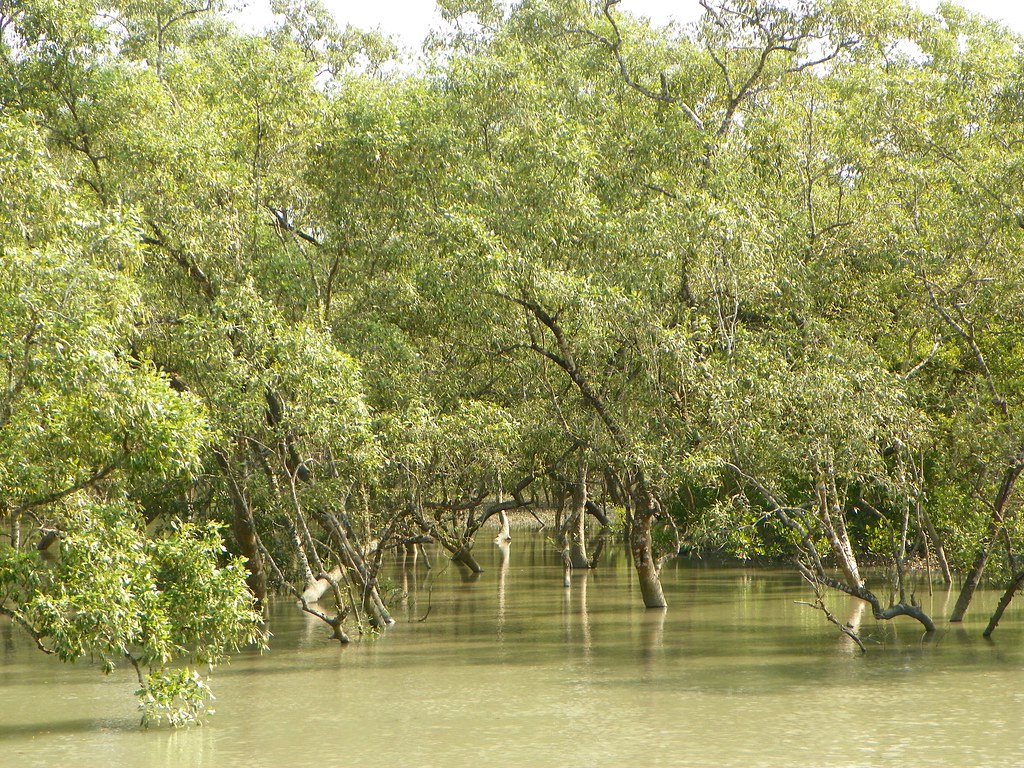
5. **Braving the Tiger and the Tides: Mohammad Rakibul Hasan and Fabeha Monir’s “The Taste of Honey”**
The Sundarbans, the world’s largest mangrove forest, is a place of breathtaking beauty and brutal challenges. For Shorbanu Khatun, one of its “tiger widows,” it is also a relentless battleground against the ravages of climate change. Mohammad Rakibul Hasan and Fabeha Monir’s winning entry for the Earth Photo 2025 Moving Image Award, “The Taste of Honey,” plunges us into her unforgiving reality.
With “rising sea levels, violent cyclones, and saltwater intrusion,” Shorbanu is forced to venture deep into the jungle to fetch water and honey for her starving children. Her husband was tragically killed by a tiger, yet the primal fear is compounded by ecological pressures that push her closer to danger. She feels “frightened each time she puts her jingling feet into a boat, paddling towards the forest,” knowing that “tigers are killing her people.
This is not just a story of individual struggle; it’s a stark illustration of how climate change disproportionately affects the most vulnerable. Despite contributing little to global greenhouse gas emissions – Mozambique, for example, contributes only 0.22% – these communities are on the front lines, fighting for survival against a crisis overwhelmingly driven by richer nations. As Delille observed, “poor people are suffering. They cannot simply move to a cooler place.” This image puts a human face to that devastating truth.
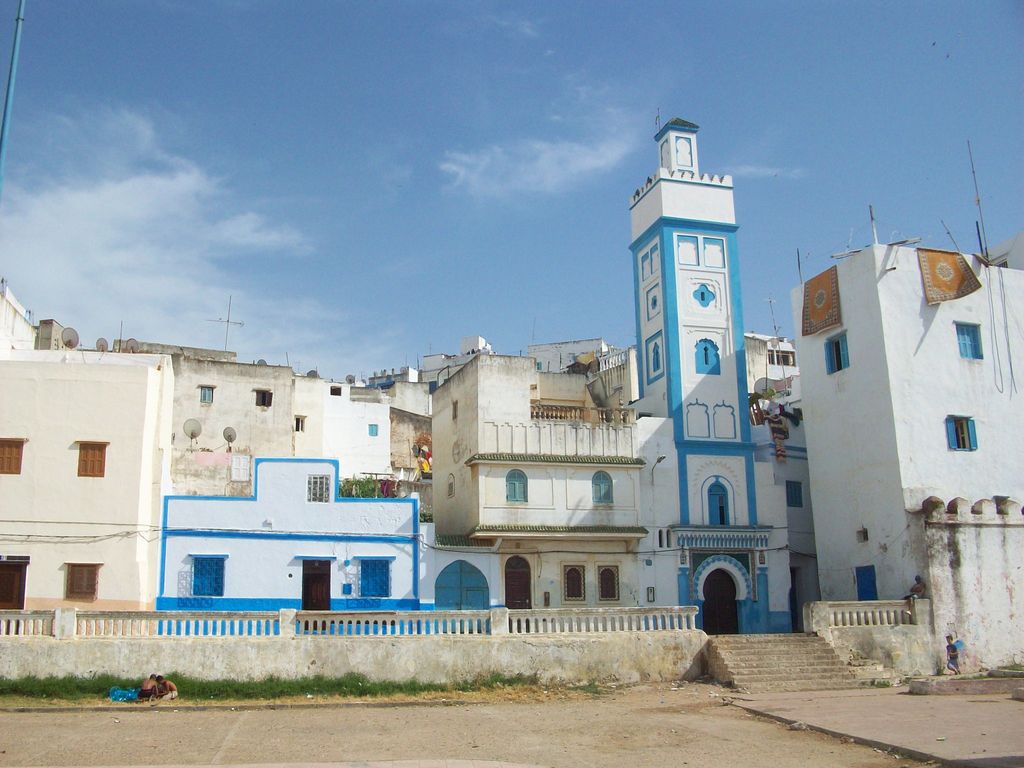
6. **The Scarred Earth: Issam Chorrib’s “La Hepica – Consumed Living Spaces” in Larache, Morocco**
Once a vibrant expanse “bubbling with groves of dense trees,” the forest in Larache, Morocco, now lies as a “lifeless wasteland.” Issam Chorrib’s powerful photograph, “La Hepica – Consumed Living Spaces,” vividly captures this devastating transformation. The image is a harrowing testament to the destructive power of “wildfires stirred primarily due to climate change,” turning lush biodiversity into charred remains.
Chorrib, the photographer, speaks to the profound loss: “Once a sanctuary of biodiversity and calm, its charred remains now stand as a stark reminder of what we risk losing.” His work records a startling contrast – the remnants of human activity juxtaposed against the irreversible deterioration of a once-thriving forest-scape. It’s an unflinching look at the immediate, brutal aftermath of climate-fueled disasters, revealing how quickly familiar landscapes can be utterly annihilated.
This visual narrative serves as a potent warning, emphasizing the critical link between rising global temperatures and the escalating intensity and frequency of wildfires across the globe. It forces us to confront the tangible consequences of inaction, where “beautiful greenery” is “completely destroyed,” leaving behind only desolation. “La Hepica” demands that we acknowledge the catastrophic impact on both ecosystems and the human communities reliant on them.
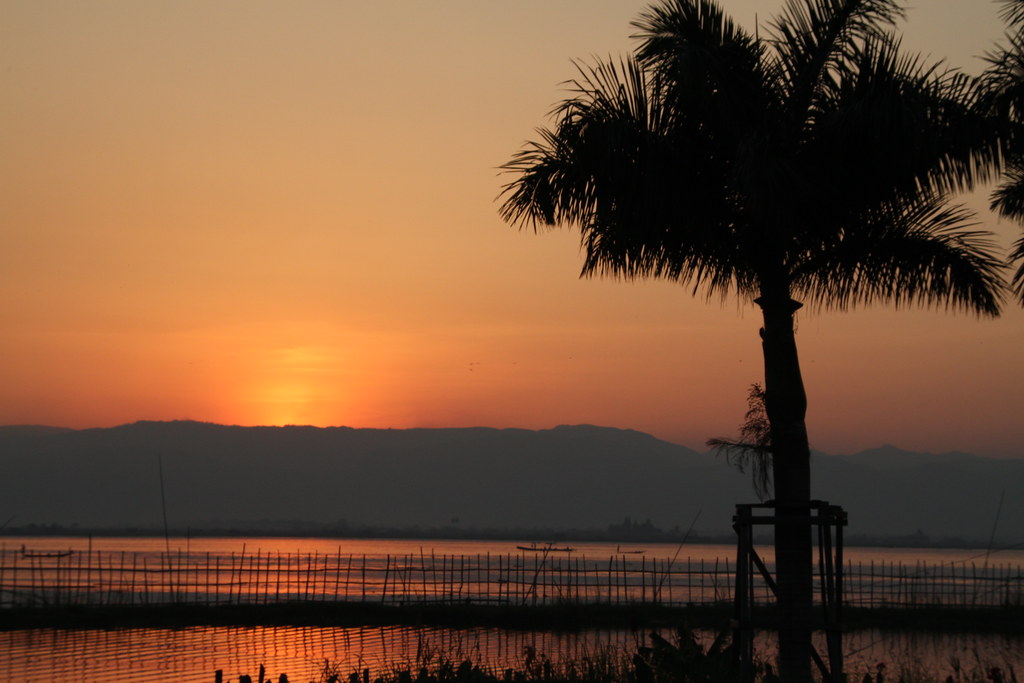
7. **Children Amidst Waste: “Photography 4 Humanity” and Plastic Pollution in Inle Lake, Myanmar**
The “Photography 4 Humanity: A Lens on Climate Justice” exhibition, held at the University of Oxford, repositions climate change as fundamentally a human rights crisis. Among its 31 images, one striking photograph by Aung Chan Thar depicts children collecting plastic waste from Inle Lake, Myanmar. This image serves as a painful illustration of environmental pollution’s insidious creep into daily life for vulnerable communities.
Inle Lake, once celebrated as “a pristine natural wonder,” now faces “the growing threat of plastic pollution.” The children, engaged in the laborious task of sifting through refuse, symbolize a grim reality: degradation of natural resources directly impacts the lives and futures of those least responsible for the crisis. As Aung Chan Thar states, this image “symbolizes the importance of education and collective action in preserving our environment.”
This photograph extends the climate narrative beyond just warming temperatures to encompass the broader spectrum of environmental degradation that accompanies unchecked consumption. It spotlights how waste management contributes to the overall burden on the planet, affecting water quality and ecological health. The image compels viewers to recognize the human cost of pollution, urging a shift towards more sustainable practices and collective effort.
Having confronted the stark, projected futures and direct human struggles through the lenses of pioneering photographers, we now delve deeper. The crisis isn’t just about distant predictions or individual acts of heroism; it’s an all-encompassing force reshaping landscapes and societies on a grand scale. To truly grasp the devastating, unequal onslaught of a warming planet, we must also turn our gaze to the macro: the sweeping vistas captured by satellites and the intimate, often harrowing, human narratives illuminated by documentary images.
These visuals serve as an unflinching manual, laying bare the irreversible changes already in motion and emphasizing the profound injustice embedded within the climate crisis. They reveal how those least responsible for greenhouse gas emissions often bear the brunt of extreme weather events, resource depletion, and environmental degradation. From vanishing seas to submerged villages and parched lands, these next seven images are not merely photographs; they are irrefutable evidence of a world in profound flux, demanding our attention and, crucially, our action.
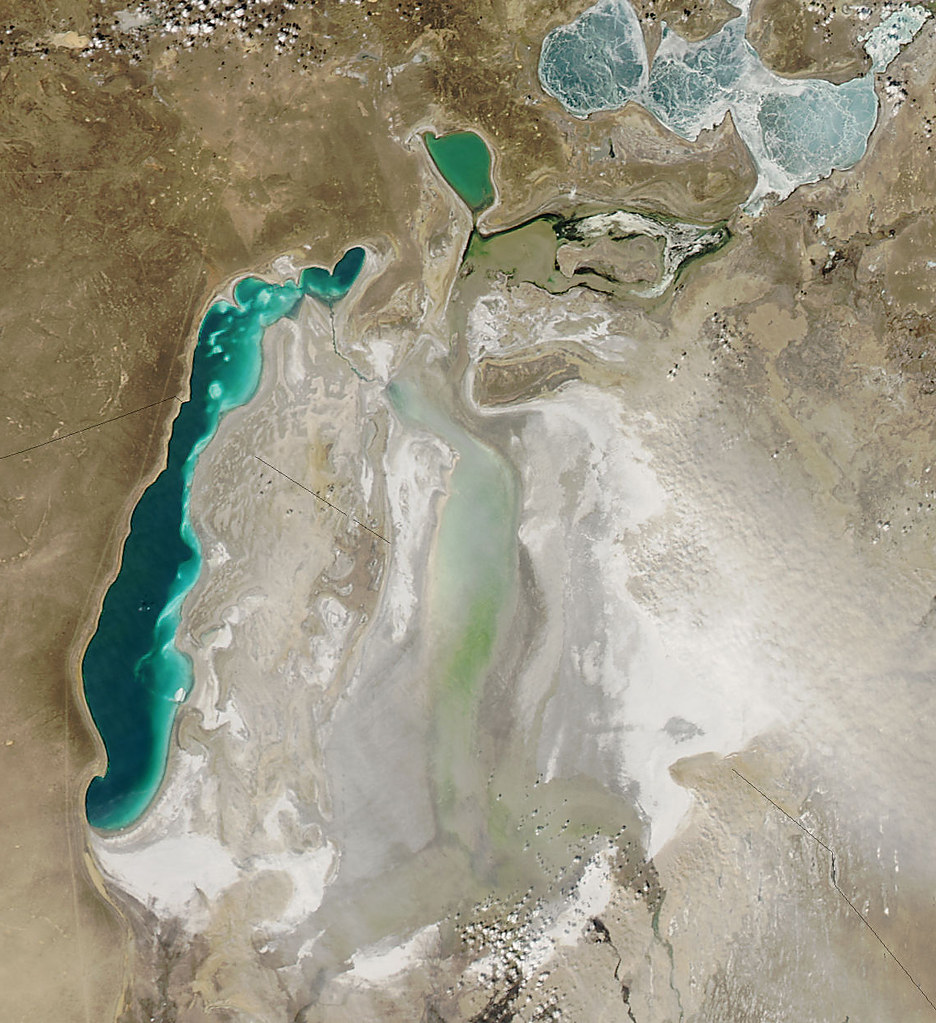
8. **The Ghost of the Aral Sea: Kristina Varaksina’s Glimpse of Karakalpakstan, Uzbekistan**
The Aral Sea, once the fourth-largest lake in the world, is now a stark symbol of environmental devastation. In a photograph featured in the ‘Photography 4 Humanity: A Lens on Climate Justice’ exhibition, Kristina Varaksina captures schoolgirls in Karakalpakstan, Uzbekistan, standing beside an installation. This chilling exhibit marks the spot where the Aral Sea’s waters once reached, before the region was tragically overtaken by desert. It’s a powerful testament to the catastrophic consequences of human-induced environmental change, where a vibrant ecosystem has literally evaporated.
This image underscores how localized environmental mismanagement, exacerbated by broader climate trends, can lead to widespread desiccation. The once-thriving fishing communities that depended on the Aral Sea have been decimated, forcing mass migration and leading to severe health issues due to dust storms carrying toxic salts from the exposed seabed. Varaksina’s photograph is not just about a geographical loss; it’s a poignant portrayal of a human rights crisis, where the right to a healthy environment and livelihood has been irrevocably stripped away.
The visual of schoolgirls, representing a future generation, standing next to this ghost-like marker of a vanished sea, serves as a haunting reminder of the legacy we risk leaving behind. It forces viewers to confront the long-term, devastating impacts of environmental neglect and the urgent need for global accountability in preserving vital natural resources for current and future populations. The image articulates the irreversible transformation of landscapes and the subsequent displacement and suffering of communities.
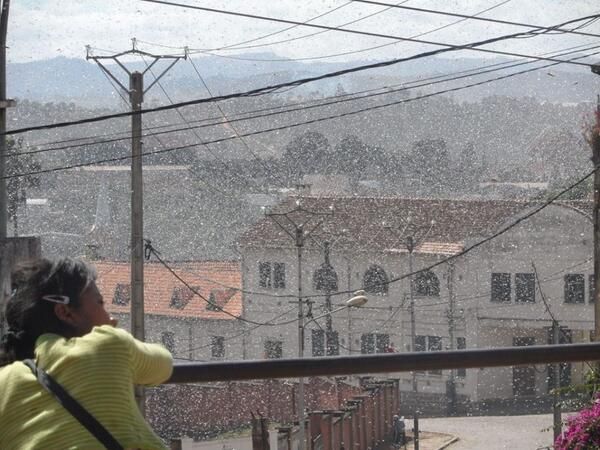
9. **The Aftermath of Fury: Viviane Rakotoarivony’s Ambalakondro, Madagascar, after Cyclone Freddy**
Nature’s fury, amplified by a warming planet, leaves indelible scars, and Viviane Rakotoarivony’s photograph of Ambalakondro, Madagascar, lays bare one such wound. This striking image, part of the Oxford exhibition, captures the village in the brutal aftermath of Cyclone Freddy, which tore through the area in 2023. It’s a raw, immediate visual of a community shattered, depicting the widespread destruction caused by an increasingly common and intense extreme weather event.
Cyclone Freddy’s devastating impact on Madagascar is a grim illustration of how climate change disproportionately affects vulnerable nations. Despite contributing a negligible amount to global greenhouse gas emissions – Mozambique, a neighboring country, contributes only 0.22% – these communities are on the front lines, facing the full force of climate-fueled disasters. The image of a ravaged village speaks volumes about the lack of adaptive capacity and resources available to those who bear the least responsibility for the crisis.
Rakotoarivony’s work compels us to look beyond mere statistics and see the human cost of these superstorms. It’s a call to acknowledge the profound injustice inherent in a system where the rich pollute, and the poor suffer the consequences. The shattered homes and displaced lives in Ambalakondro serve as a stark reminder of the urgent need for climate justice and robust international support for adaptation and recovery efforts in frontline communities.
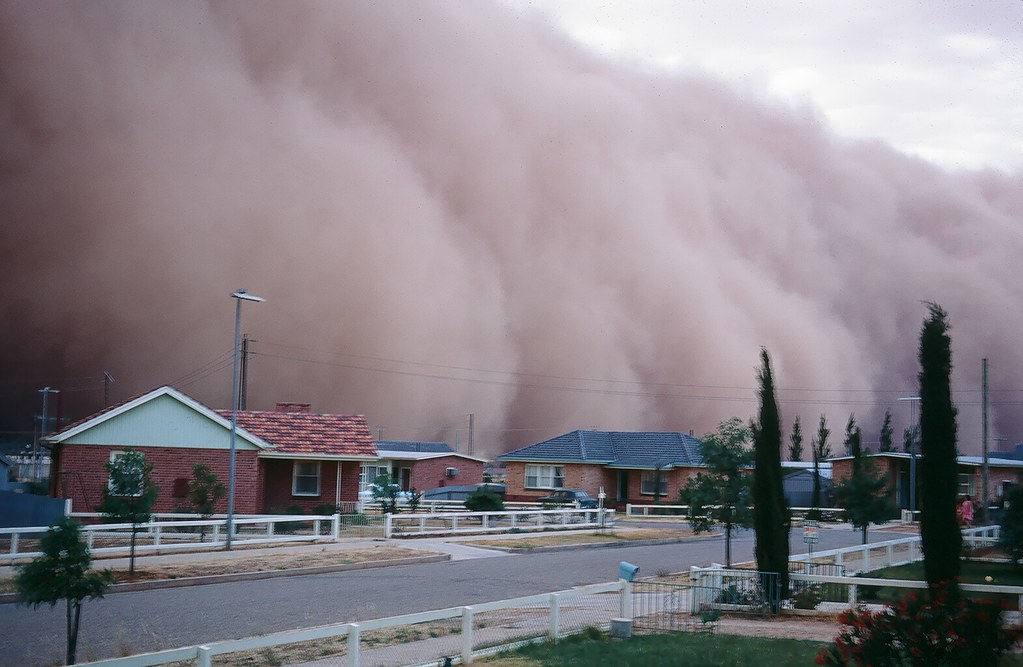
10. **The Parched Road: Peter Ndung’u’s Child in Amboseli, Kenya, Amidst a Dust Storm**
The struggle for basic survival intensifies as climate change tightens its grip, nowhere more acutely than in drought-stricken regions. Peter Ndung’u’s compelling photograph from Amboseli, Kenya, shows a child running through the orange haze of a dust storm, desperately seeking water. This scene, featured in the ‘Photography 4 Humanity’ exhibition, is a harrowing depiction of the daily battle faced by communities in arid regions, where life-sustaining resources are rapidly dwindling.
Dust storms like the one captured by Ndung’u have become more frequent across Kenya’s arid landscapes, directly linked to prolonged droughts and desertification driven by a warming climate. This image spotlights the devastating human impact of water scarcity, particularly on the most vulnerable – children. Their innocent lives are consumed by the relentless pursuit of an increasingly precious commodity, forced to navigate dangerous conditions simply to access water.
Ndung’u’s photograph serves as a powerful indictment of the global climate crisis’s unequal burden. It illustrates how environmental degradation translates directly into a human rights violation, impacting access to clean water, food security, and overall well-being. The image forces us to recognize the profound and often overlooked suffering endured by those on the margins, whose struggles become amplified as the planet continues to warm and resources become scarcer.
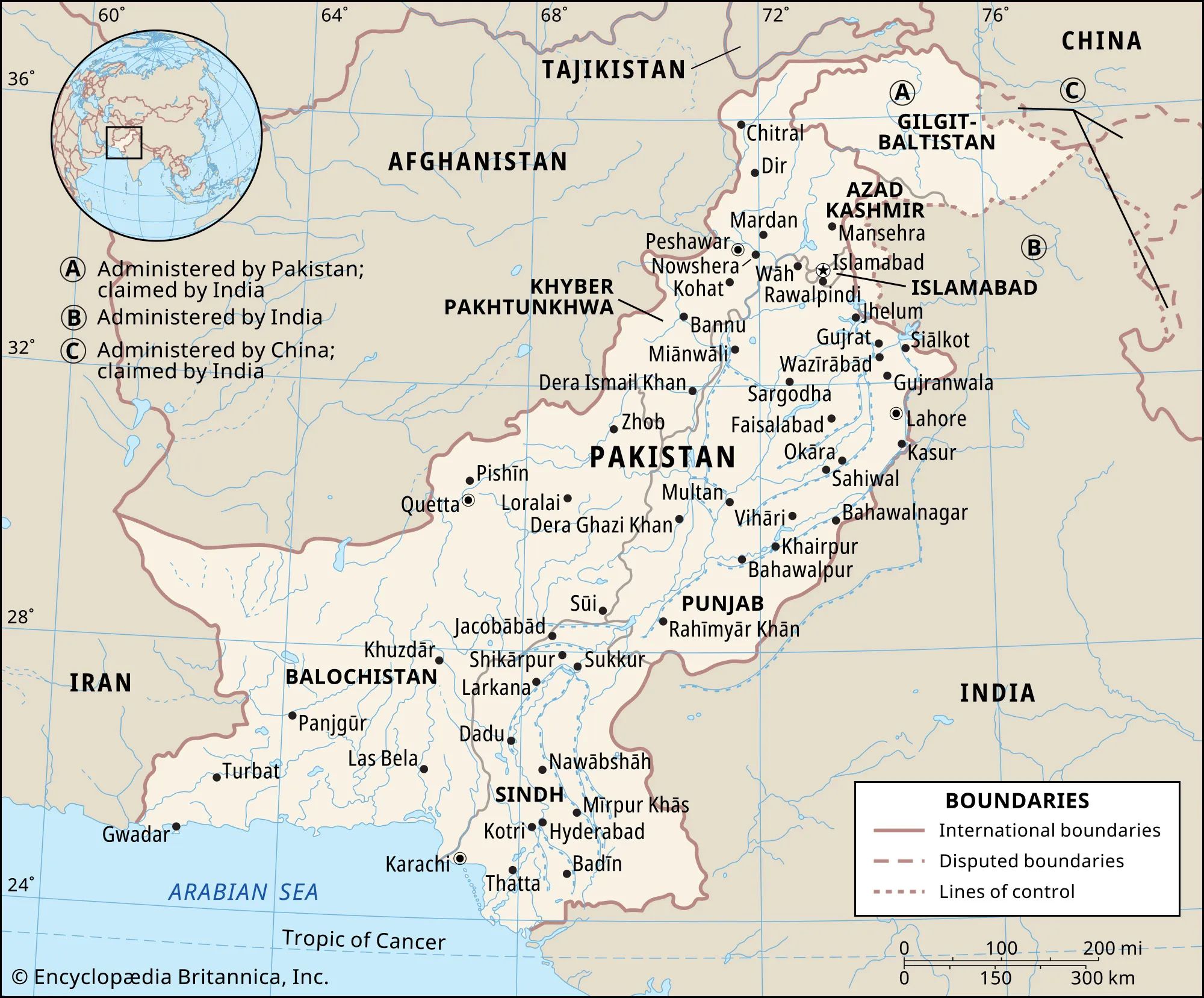
11. **Pakistan Submerged: Satellite Views of the Indus River Floods in Rajanpur**
Sometimes, the true scale of a disaster can only be fully grasped from above. Maxar’s before-and-after satellite images of the Indus River in Rajanpur, Pakistan, powerfully illustrate the catastrophic floods that started in the summer of 2022. The image from March 24 shows the river before the deluge, while the August 28 view presents a landscape utterly transformed, with floodwaters submerging entire villages and fields, affecting an astounding 33 million people.
These climate-driven floods, which killed hundreds and wiped out agriculture and livestock, serve as a chilling testament to the increased intensity of extreme weather events in a warming world. Scientists have unequivocally linked climate change to more intense floods, and Pakistan’s experience is a stark example of this global trend. The satellite perspective underscores the overwhelming force of nature when unleashed by a changing climate, reducing once-familiar landscapes to vast, inundated plains.
The ‘before and after’ imagery from Maxar offers an undeniable visual narrative of large-scale devastation, demonstrating how quickly human habitats can be erased or rendered uninhabitable. It is a sobering reminder of the vulnerability of even large, established communities to the ravages of climate change, and the urgent need for global strategies to mitigate such widespread ecological and humanitarian catastrophes. The pictures make the abstract concept of ‘millions affected’ terrifyingly real.
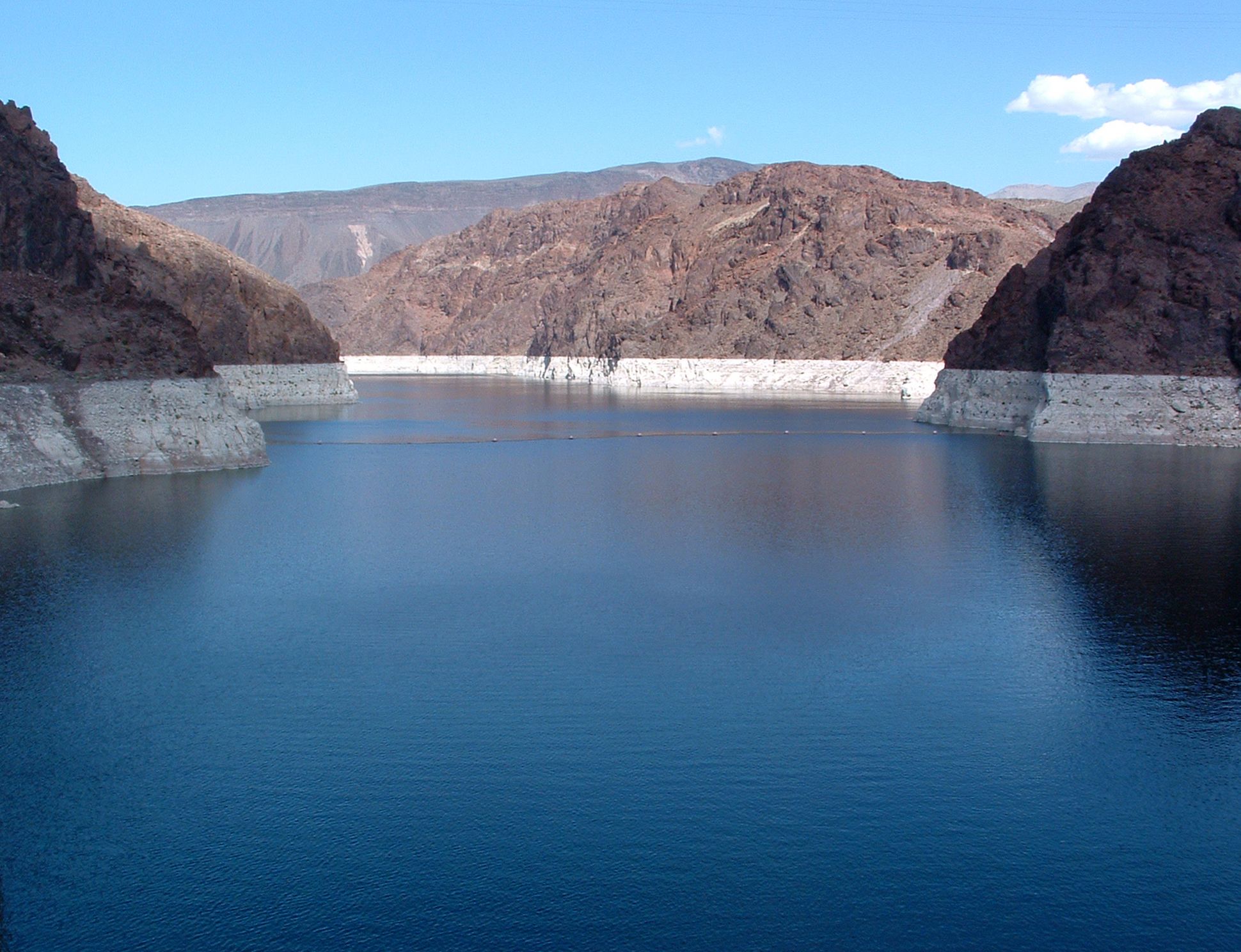
12. **A Thirsty Giant: Lake Mead’s Shrinking Lifeline in Nevada**
Water, the essence of life, is slowly being siphoned away from vital reservoirs, creating haunting visual metaphors for the ongoing climate crisis. Maxar’s satellite photos of Lake Mead National Recreation Area in Nevada lay bare the relentless grip of the Western United States’ climate-change-linked megadrought. An image from May 18, 2020, shows a more substantial body of water, while a July 27, 2021, photo reveals a dramatically shrunken lake, with the Boulder Harbor Launch Ramp closed due to critically low water levels.
Lake Mead, one of the country’s largest reservoirs, is fed by the Colorado River, and its dwindling supply directly impacts millions across the Southwest. The federal government has already implemented mandatory water cuts, a desperate measure highlighting the severity of the crisis. These ‘before and after’ images serve as a stark visual indictment of how hotter climates accelerate evaporation and reduce snowpack, ultimately draining crucial water sources for entire regions.
This sequence of satellite photographs powerfully illustrates the slow, insidious violence of climate change, not through sudden cataclysm, but through the gradual erosion of a region’s lifeblood. The visible bathtub rings along the lake’s edges are not just geological features; they are a visible testament to the escalating water crisis, compelling viewers to consider the profound implications for urban centers, agriculture, and ecosystems reliant on this vanishing resource. It’s a silent, but undeniable, emergency unfolding before our eyes.
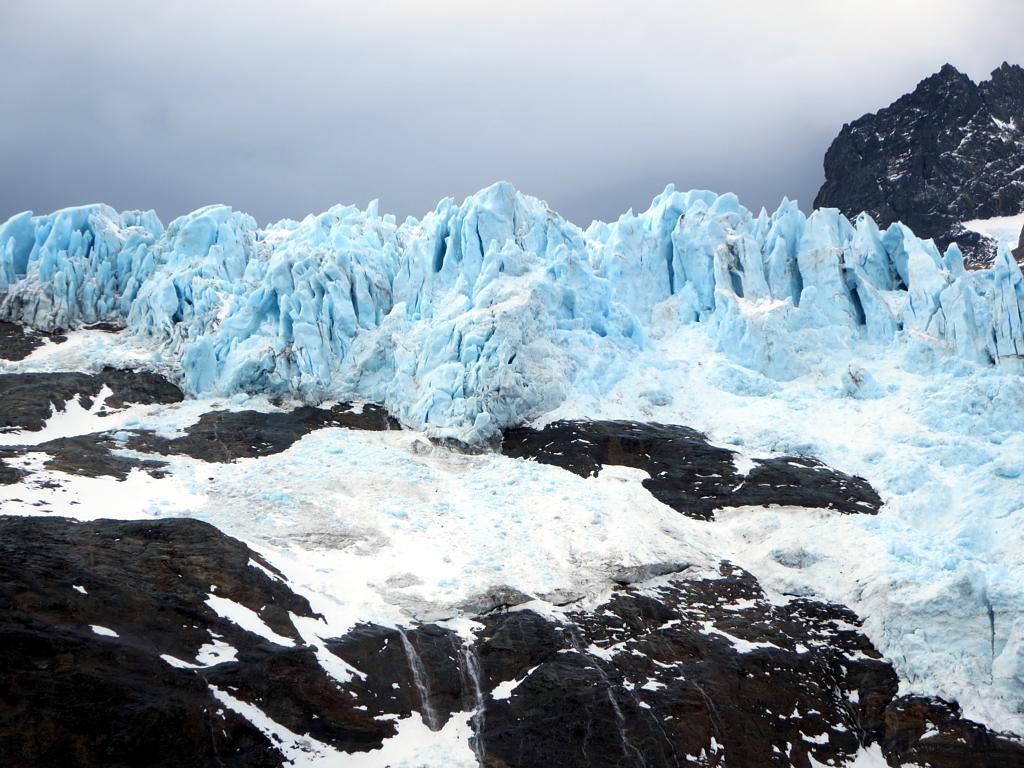
13. **The Retreat of Ice: The Neumayer Glacier’s Steady Disappearance in South Georgia**
The planet’s frozen giants are in full retreat, their melting contributing inexorably to rising sea levels. Maxar’s series of satellite images of the Neumayer Glacier in South Georgia offers a chilling visual chronicle of this phenomenon. From December 28, 2004, to March 11, 2014, and further to February 6, 2019, the ‘before and after’ views of the glacier’s mouth reveal its dramatic and continuous shrinkage. The amount of ice that has melted away is ‘clearly evident,’ transforming its physical appearance drastically over the years.
The Neumayer Glacier, the largest tidewater glacier in British-held South Georgia, is highly sensitive to climate change. Its rapid retreat is a microcosm of the global glacial melt, a direct consequence of ‘rapid increases in temperature.’ These satellite photos provide irrefutable, long-term evidence of climate change’s physical manifestation on our planet’s most remote and seemingly immutable landscapes. They are a stark, scientific record of irreversible change.
This sequence of images serves as a potent reminder that global warming is not merely a theoretical concept but a tangible force reshaping the Earth’s geography. The retreating ice of the Neumayer Glacier symbolizes the accelerating loss of vital ice reserves worldwide, contributing directly to the sea-level rise that threatens coastal communities. The pictures demand acknowledgment of the profound and enduring impacts on global climate systems and ocean levels.
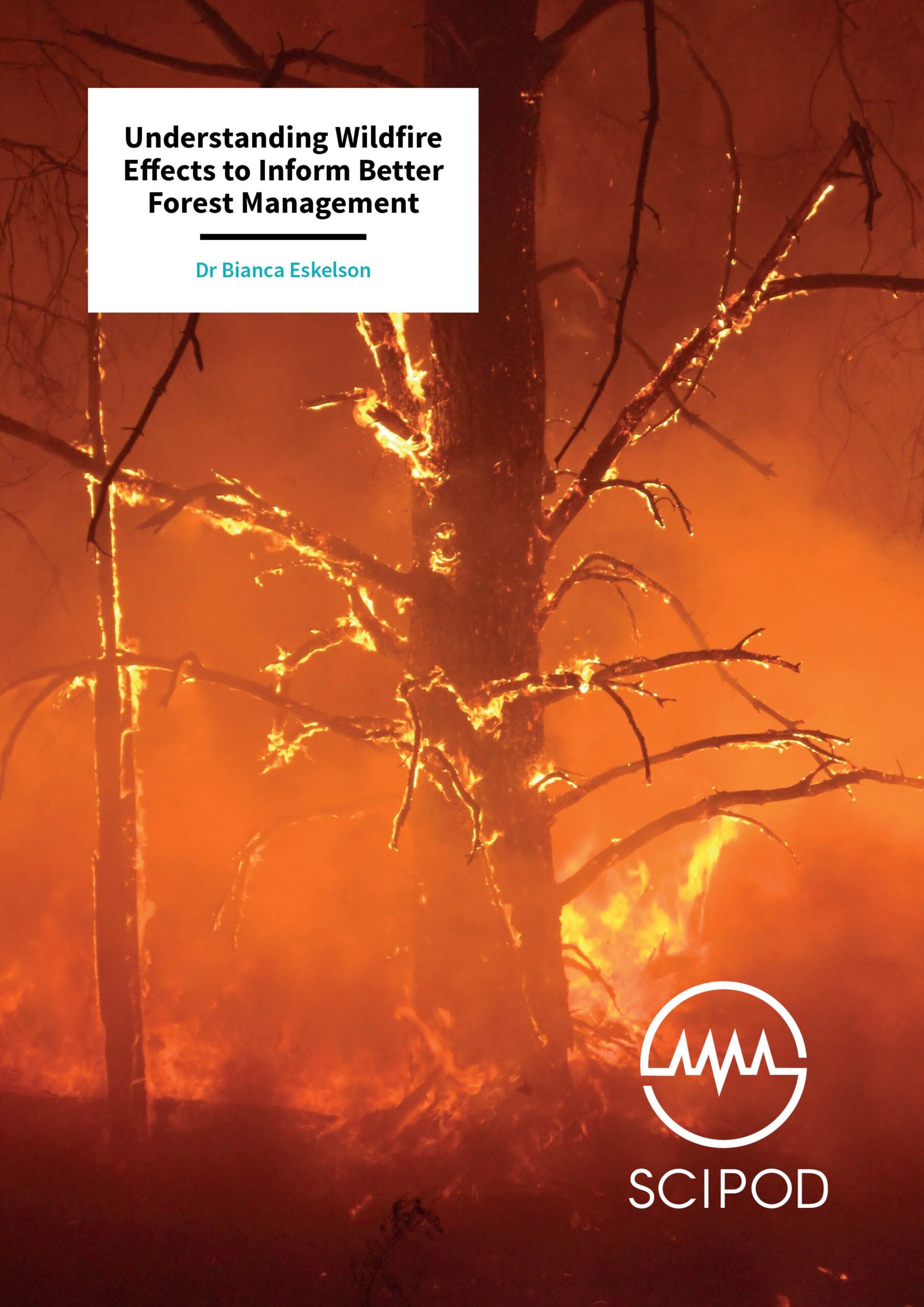
14. **Lytton’s Fiery Demise: The Town Consumed by Wildfire in British Columbia, Canada**
Wildfires, intensified by a warming climate, are transforming entire communities into ash and rubble. Maxar’s ‘before and after’ images of Lytton, British Columbia, Canada, offer a devastating glimpse of this destructive power. The May 11, 2019, photo shows the vibrant downtown area, while the July 2021 image captures the town engulfed in flames, followed by its utterly destroyed aftermath. The ‘before and after photos reveal how much the wildfires devastated the small Canadian village,’ leaving behind only desolation.
Lytton’s tragic fate is a stark illustration of how rising global temperatures are fueling an increase in the intensity and frequency of wildfires across the globe. The once-thriving community was annihilated in a brutal display of climate-fueled disaster, leaving residents displaced and facing profound loss. The visual comparison forces viewers to confront the immediate, brutal aftermath of these events, where familiar landscapes are transformed into unrecognizable wastelands.
These images serve as a potent warning, emphasizing the critical link between climate change and the escalating threat of wildfires to human settlements. They demand that we acknowledge the catastrophic impact on both ecosystems and the human communities reliant on them, urging greater preparedness and, crucially, a global commitment to addressing the root causes of climate change before more communities face Lytton’s fiery demise. It’s a vivid, painful reminder of the encroaching threat to everyday life.
As we close this visual journey through the unsettling realities of climate change, the message becomes undeniably clear: the future is here, it’s visceral, and it demands our full attention. These images, whether stark satellite views or intimate human portraits, are more than mere documentation; they are urgent calls to action, unflinching testimonies to the profound and unequal toll our warming planet is already exacting. They compel us to move beyond abstract discussions and into tangible solutions, for the sake of every landscape, every community, and every life still vulnerable to the shifting sands of our changing world. The time for observation is giving way to the imperative for intervention, and these photographs serve as our guiding, sobering manual.



